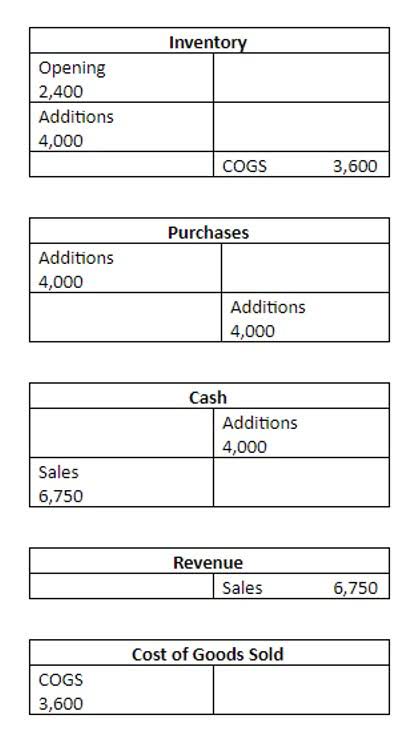
It is very useful in determining a company’s economics, pricing power, and many other things. Gross margin decides the expense limit of a company on various things like promotions, employees, etc. I like to take just a cold hard cash flow from operations on the statement of cash flows. I love cash flow both for my personal finances and more importantly for businesses. People pay multiples of cash flow for a business, but will NEVER pay multiples off my personal cash flow. I’d rather have my ownership in a cash flow business than my personal cash flow.
- Liquidity ratios measure the availability of cash to pay debt.
- This lets you see how good a company is at using its assets to generate income.
- In order to achieve both of these characteristics, we must invest in quality businesses that are in excellent financial shape.
- Profitability is a key aspect to analyze when considering an investment in a company.
- Market ratios measure investor response to owning a company’s stock and also the cost of issuing stock.
- Thus, the higher the receivables turnover ratio, the lower the DSO, indicating the faster a company can collect receivables from customers.
- The higher the inventory turnover ratio, the lower the DOH, and the faster the company converts inventory into sales.
Some items in inventory may not have had any sales in more than a year, some may not have had sales in six months, some may sell within weeks of arriving from the suppliers, etc. An investor can look at the same ratios for different companies to winnow down a list of possible investments. Or, one might compare ratios for one or more companies to the same ratio for the industry average. Finally, it can be eye-opening to compare a ratio calculated recently to the same ratio calculated over time for a single company to get a historical perspective of performance. You might also compare historical perspectives of ratios for various companies. The price-to-earnings (P/E) ratio is a well-known valuation ratio.
Abbreviations and terminology
It’s the opposite of the accounts receivable turnover ratio. But, as a note to us, a high receivables turnover ratio can also occur due to too-strict credit terms or collection policies. It can hurt sales if competitors offer customers more lenient credit financial ratios formulas and explanations terms. The higher the inventory turnover ratio, the lower the DOH, and the faster the company converts inventory into sales. The inventory turnover ratio is an average of perhaps hundreds of different products and component parts carried in inventory.

It is the net earnings of a company after deducing all expenses. It is expressed as the ratio of net profit (PAT) and net sales. This ratio determines the ease by which a company can pay its debt obligations.
Ratio #10 Receivables Turnover Ratio
Common liquidity ratios are the current ratio, the quick ratio, and the cash ratio. The current ratio is an indicator of your company’s ability to pay its short term liabilities (debts). Financial ratios relate or connect two amounts from a company’s financial statements (balance sheet, income statement, statement of cash flows, etc.). The purpose of financial ratios is to enhance one’s understanding of a company’s operations, use of debt, etc. The operating profit margin is more complete and accurate than the gross profit margin in measuring the company’s profitability performance.